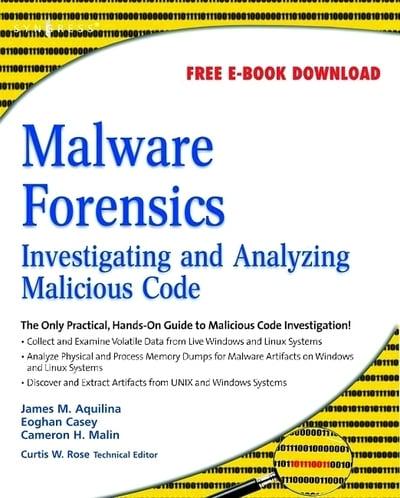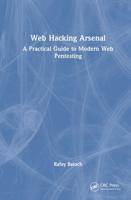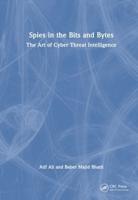Publisher's Synopsis
Malware Forensics: Investigating and Analyzing Malicious Code covers the complete process of responding to a malicious code incident. Written by authors who have investigated and prosecuted federal malware cases, this book deals with the emerging and evolving field of live forensics, where investigators examine a computer system to collect and preserve critical live data that may be lost if the system is shut down. Unlike other forensic texts that discuss live forensics on a particular operating system, or in a generic context, this book emphasizes a live forensics and evidence collection methodology on both Windows and Linux operating systems in the context of identifying and capturing malicious code and evidence of its effect on the compromised system. It is the first book detailing how to perform live forensic techniques on malicious code.
The book gives deep coverage on the tools and techniques of conducting runtime behavioral malware analysis (such as file, registry, network and port monitoring) and static code analysis (such as file identification and profiling, strings discovery, armoring/packing detection, disassembling, debugging), and more. It explores over 150 different tools for malware incident response and analysis, including forensic tools for preserving and analyzing computer memory. Readers from all educational and technical backgrounds will benefit from the clear and concise explanations of the applicable legal case law and statutes covered in every chapter. In addition to the technical topics discussed, this book also offers critical legal considerations addressing the legal ramifications and requirements governing the subject matter.
This book is intended for system administrators, information security professionals, network personnel, forensic examiners, attorneys, and law enforcement working with the inner-workings of computer memory and malicious code.










